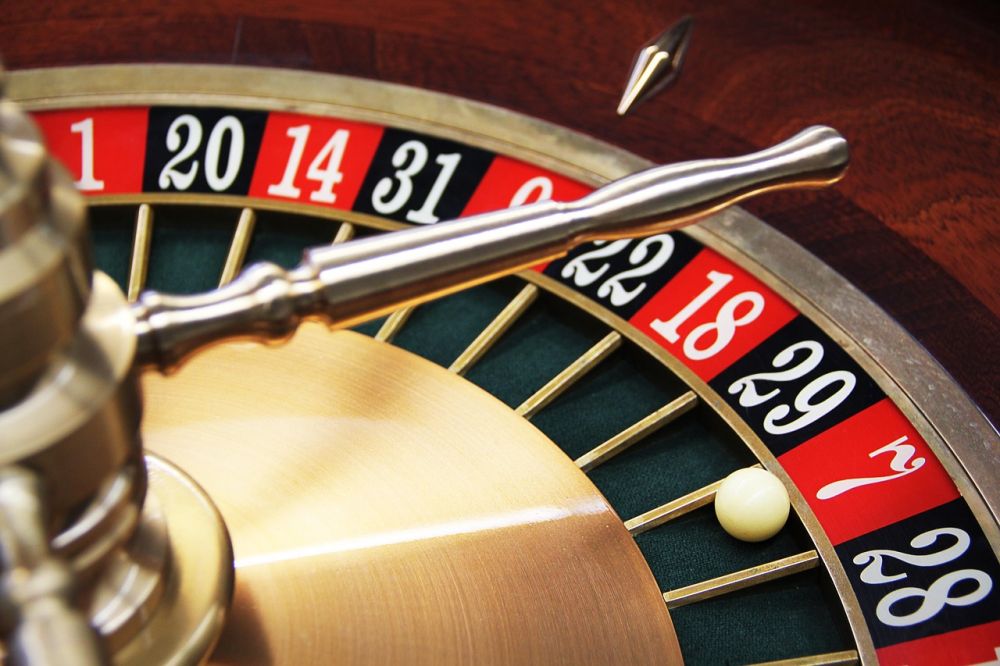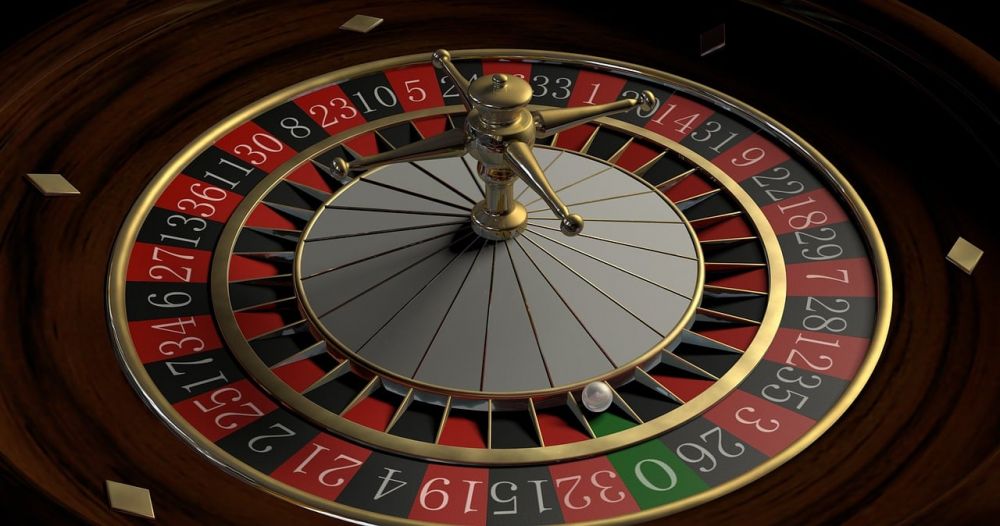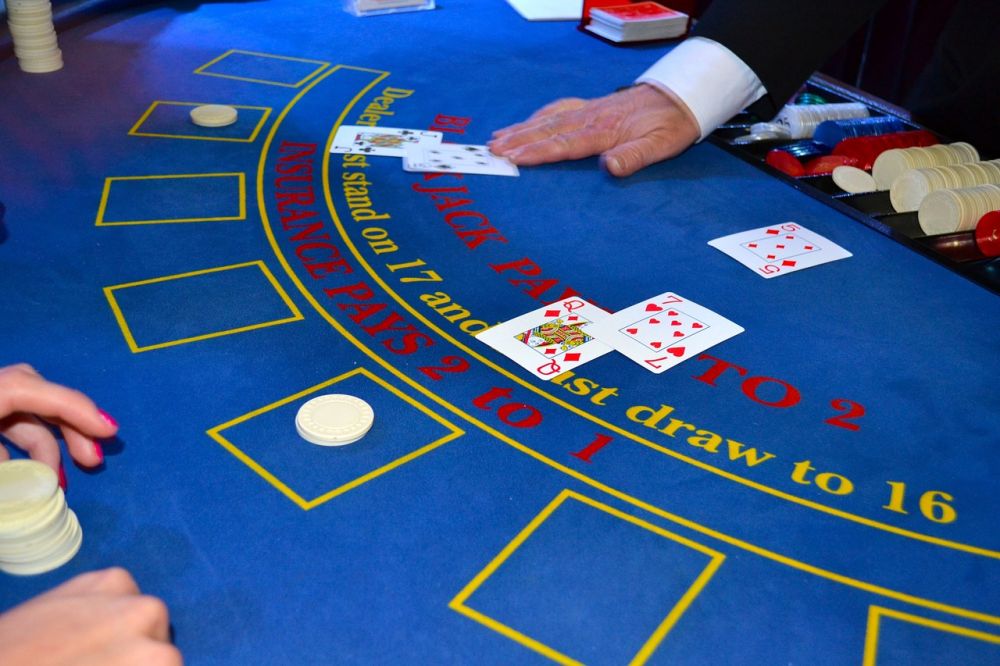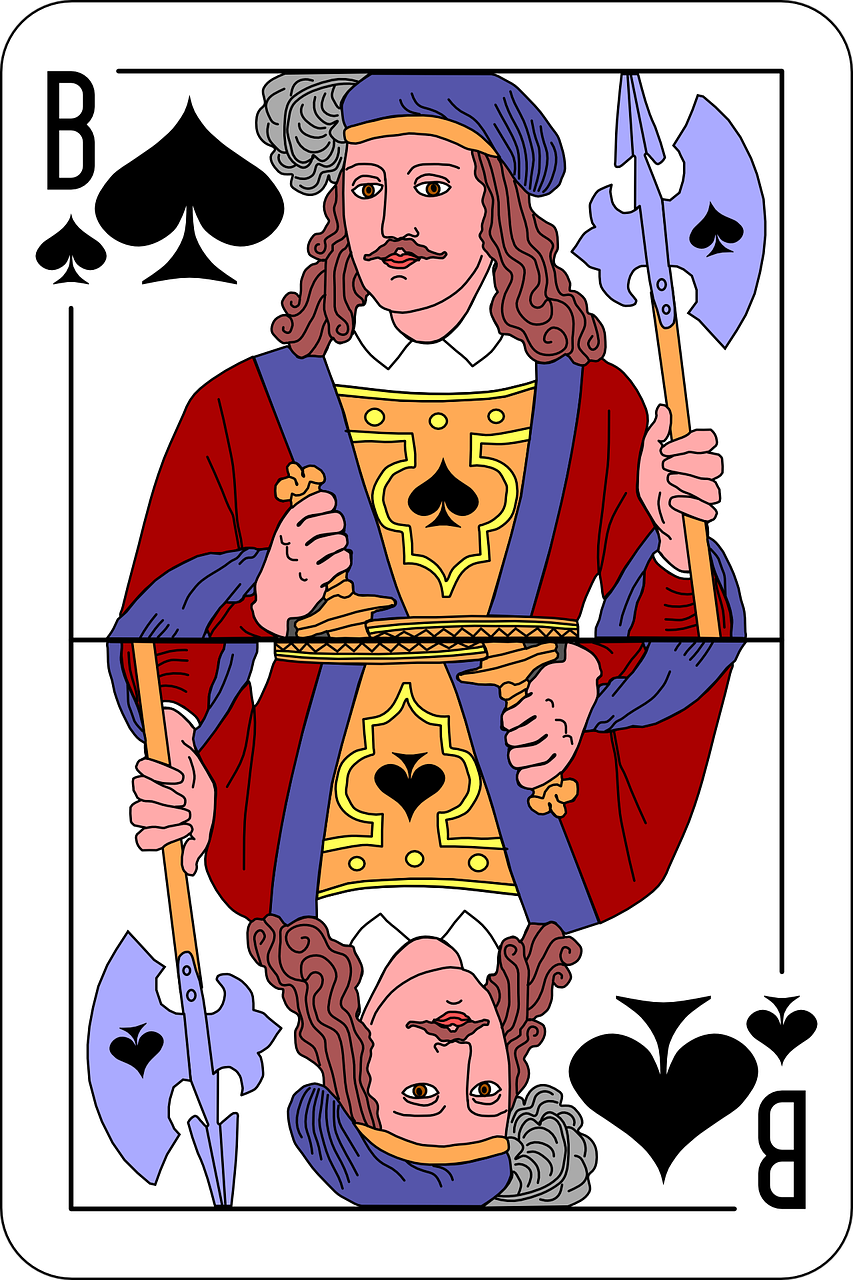Count Cards in Blackjack: A Comprehensive Guide for Casino Game Enthusiasts
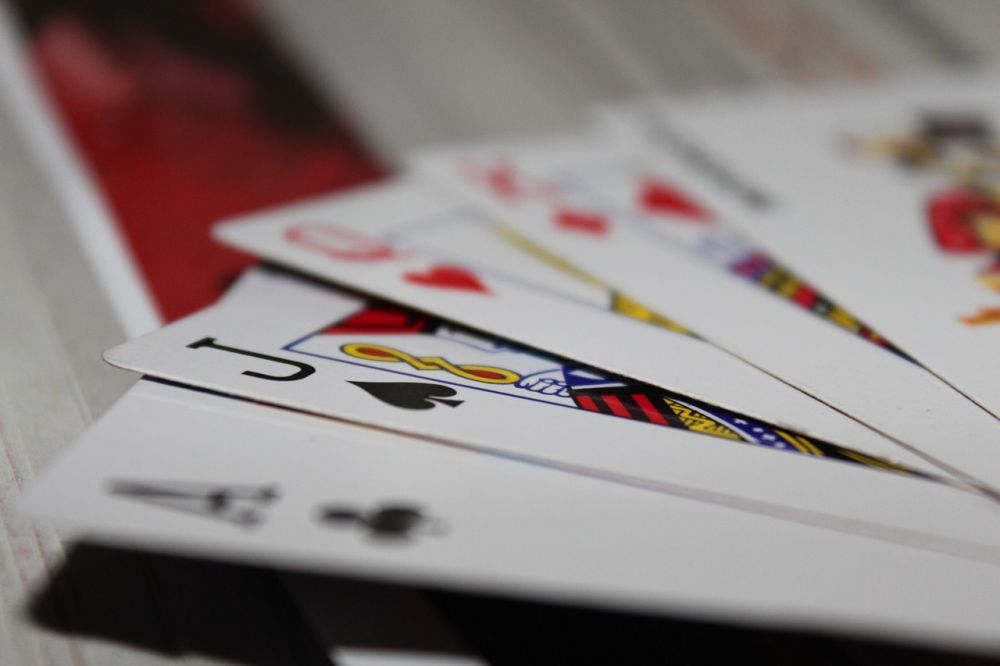
Introduction:
If you are someone who enjoys the thrill of casino games, then understanding how to count cards in blackjack can add a whole new dimension to your gameplay. While this technique is not illegal, it does require skill and practice to master. In this article, we will delve into the intricacies of card counting, its historical evolution, and provide you with a detailed understanding of this strategy.
Understanding Card Counting in Blackjack:
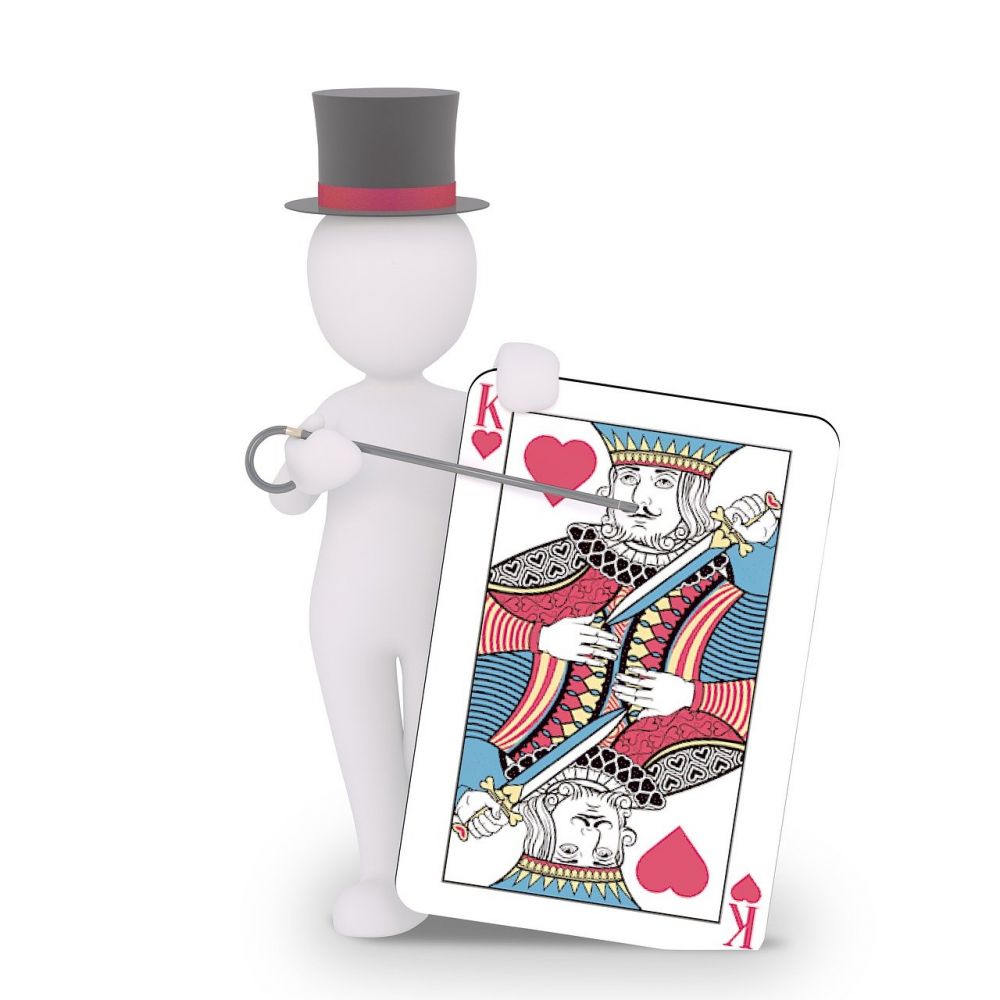
Card counting is a mathematical system used to keep track of the ratio of high-value cards to low-value cards in a deck or shoe. In blackjack, a higher ratio of high-value cards (Aces and 10-value cards) favors the player, increasing their chances of winning. By monitoring the cards that have been dealt, players can make decisions based on the probability of certain cards being drawn.
How does Card Counting Work?
Card counting typically follows a point system, where each card has a specific value assigned to it. For example:
– High-value cards (10, J, Q, K, A) are assigned a value of -1.
– Low-value cards (2, 3, 4, 5, 6) are assigned a value of +1.
– Neutral cards (7, 8, 9) have no value assigned (i.e., the count remains unchanged).
By keeping a running count of these values as the cards are revealed, players can determine when the deck is favorable for them. The higher the positive count, the more likely it is that the remaining cards in the deck are high-value, increasing the player’s advantage.
Historical Evolution of Card Counting in Blackjack:
Card counting dates back to the 1960s when mathematicians and blackjack enthusiasts began developing strategies to gain an edge over the casino. One of the pioneers of card counting was Edward O. Thorp, whose book “Beat the Dealer” revolutionized the game. Thorp’s strategy involved assigning point values to different cards and making betting decisions based on the count.
Throughout the years, casinos have taken measures to combat card counting, such as increasing the number of decks used, shuffling more frequently, or implementing automatic shuffling machines. However, numerous successful card counters have emerged, showcasing the effectiveness of this technique.
Using Card Counting to Improve Your Blackjack Game:
If you are interested in incorporating card counting into your blackjack strategy, here are a few essential tips to keep in mind:
1. Practice, Practice, Practice: Card counting is a skill that requires significant practice to master. Dedicate time to understand the system, practice counting cards at home or online, and develop your skills before implementing them in a casino setting.
2. Start with the Hi-Lo System: The Hi-Lo system is one of the most popular and easiest card counting systems to master. Begin by using this system, which assigns point values of +1, 0, or -1 to each card, and gradually progress to more complex variations.
3. Avoid Detection: While card counting itself is not illegal, casinos frown upon this technique and may ask you to leave if caught. To avoid detection, maintain a low profile, vary your bet sizes, and avoid suspicious behavior.
4. Master Basic Blackjack Strategy: Card counting should be used in conjunction with a solid foundation in basic blackjack strategy. Fully understand the rules and optimal moves for different scenarios to maximize your chances of winning.
Conclusion:
Card counting in blackjack is a strategy that can provide players with an advantage over the house if executed correctly. It requires practice, concentration, and a deep understanding of the game. By keeping track of the card values as they are dealt, players can make informed betting decisions to increase their odds of winning. However, it is important to note that card counting is not foolproof and does not guarantee consistent wins. It is merely a tool to tip the odds slightly in favor of the player. So, if you are up for the challenge, put your skills to the test and see how counting cards can enhance your blackjack experience.

